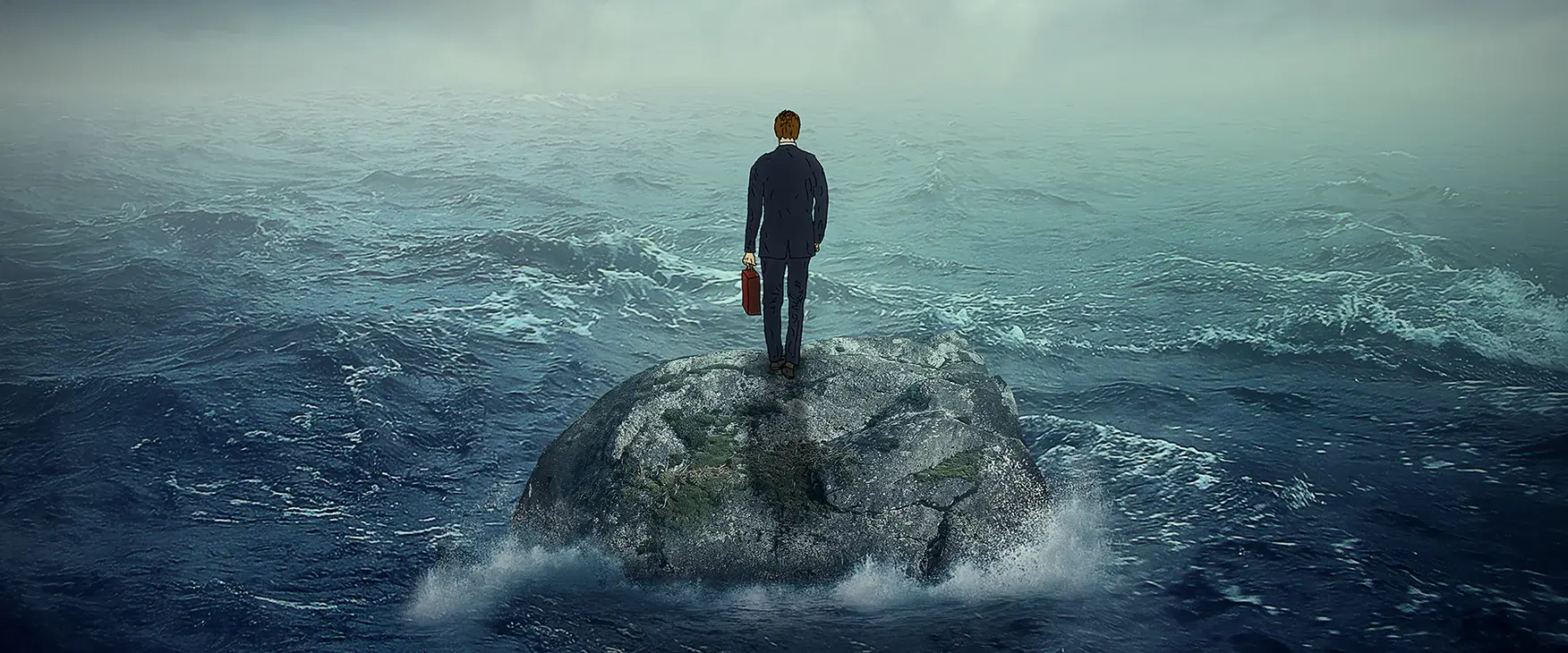Pushing Past the Layers
Dr Joe Dispenza | 25 September 2020
Sometimes in my meditations, I get to what I call the layer. The layer is when you’re reaching, creating, or intending for that new future, event, or possibility, but perhaps your body wants to quit, your mind is reeling with to-do lists, you’re filled with doubt and frustration, or that internal voice questions whether your efforts will actually produce any results. We could call that journey through these layers, that journey through the veils, stepping into the unknown. By pressing on into the discomfort of uncertainty—or breaking out of our body’s familiar biology, neurocircuitry, neurochemistry, genetic propensities, and/or emotional conditioning—we are venturing beyond the known self for a glimpse of the unknown. In a sense, we are asking, “Who am I?”
To pass through these layers is to take the true self out of our hardwired routine programs. Understanding and defining these moments of friction is key because when you stretch yourself passed the familiar—whatever happens beyond that point — a kind of disentangling from a certain level of consciousness or awareness occurs. To do this successfully requires an enormous amount of energy because the body wants to go back to its familiar, baseline state; therefore, we have to not only raise our energy, but sustain it. Since energy and consciousness, thought and feeling, and frequency and information are unified, only when you change your energetic emotional state can you become conscious of other new possibilities.
For many people, when they reach the point where they come up against a limiting belief—neurologically, emotionally, neurochemically and/or genetically—they turn back and never reach beyond that point. The simple fact is, if they don’t step beyond that invisible line in the sand, nothing is going to change in their life. This is often the same person who asks themselves; Why haven't I healed? Why hasn't my life changed? The reason is because they haven’t tapped into or mustered up the immaterial spirit, energy, or essence that requires a will, attention, passion, and intensity that is greater than the voice that says enough, and greater than the body that says I can’t.
Countless times at our weeklong events I have seen people reach the end of their emotional beliefs. They are ready to quit or give up, but instead they call up that immaterial essence, spirit, or energy—that boundless resource that's always been within them waiting to be tapped into and directed. When a person does this, it has nothing to do with how in shape they are, how young they are, what kind of food they eat, how much money they have, and so on. None of that matters in that moment. Instead, there's something else that happens where the person just decides to go one more time, stretch a little further, and let go of control—or simply said, surrender.
That pivotal moment is your choice to believe that there's something else—that a greater possibility exists—and that you are uncompromising in your own will to connect with it. Based on all the information this person has learned, embraced, studied, contemplated, and formulated into a model of understanding, this person believes in a possibility that is greater than what is known and familiar. This is a very strong moment of reckoning because this is the moment they're making the conscious choice that they're showing up for something new and different.
Every time you move through another layer of the veil of ignorance or limitation, the voice in your head gets less and less loud or intense. I always say the first 15 minutes of meditation are like driving down the highway and passing familiar exits—you know all those places inside and out because you’ve traveled down this road so many times before to deeper states—but this time you’re not going to get off there because you’ve done it enough times to know there’s nothing new there. This is what I meant in the beginning by saying these layers or spaces of resistance are important to define.
The more you work on your practice, the easier it gets to carve a path towards the divine or the mystical—but nobody’s going to do it for you but you. However, if you’re able turn off the programs, voices, propensities, emotions, agitations, and impulses to quit—to me that’s better than any therapy because you're making the conscious choice to prune certain connections and to inhibit the body from the arousal of negative impulses or emotions.
Many people think that the moment they are confronted with discomfort or the unknown, they are doing something wrong. I assure you, they are doing everything right. Thus, they draw the conclusion they can't meditate or control their mind. While yes, in that moment their mind or body (which has been conditioned to be the mind) might be out of control like a bucking unbridled stallion, that's the moment where the real work truly begins. In the beginning, it’s tedious to work past and through these layers to get beyond the known self, but that’s the process of change. This disentangling from those programs—in a sense, objectifying your subjective experience of yourself—is the moment you break free from the program, because when you're the program, you're unconscious.
So when you’re practicing your meditations and you come to that point where you're uncomfortable, remember you're actually doing it right. In fact, it’s important you come up against these boundaries because that’s the moment you make the choice to surrender as the known, familiar, limited past experience of the self to take up the idea of a new self. We overcome until we become.
Now you’re in the more unlimited habit of creating a new self, and that is the great work.

Comments